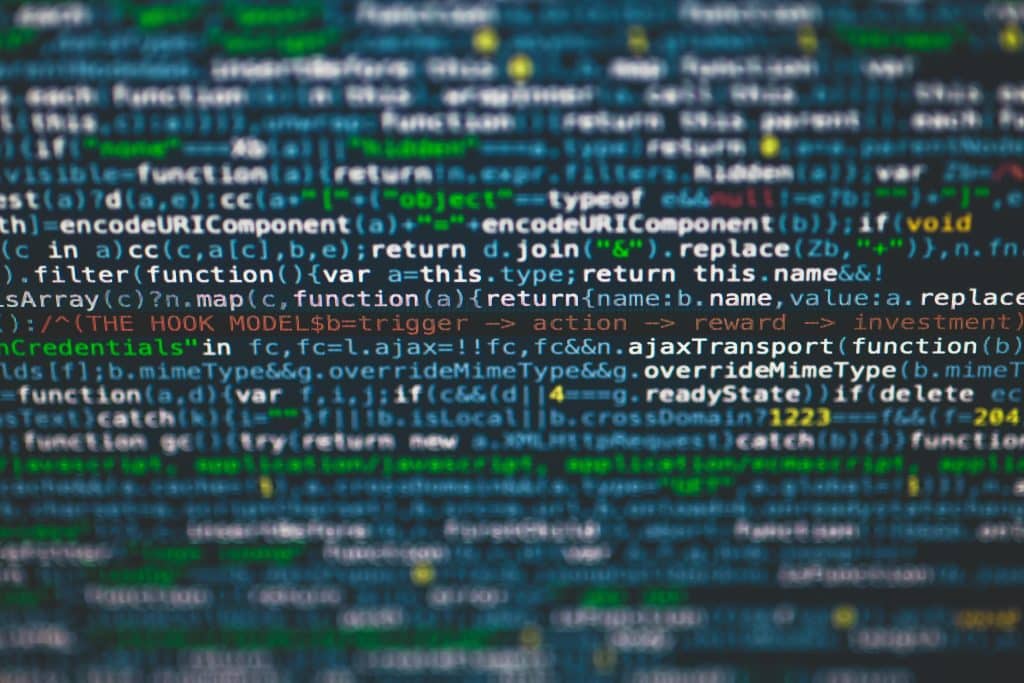Over the decades, emerging technologies like artificial intelligence (AI) have developed to redefine the internal operations of various industries. As this novel innovation evolves, ethical standards like credibility, fairness, and originality become increasingly important. These considerations have led many users to implement regulatory tools like using an AI detector.
Companies across all sectors, including business, education, and media, must consider the complications and concerns connected to AI-generated content as they streamline internal operations. Although their evolution is far from complete, AI detectors can help users uphold ethical practices to cultivate trust, preserve creativity, and build a better future for humanity.
The Historical Development of AI
AI is an advanced technology that empowers machines to learn and perform human-centric tasks. The emergence of this technical advancement began in the 1950s, serving as a supplemental resource for intelligent decision-making. The Dartmouth conference, which took place in 1956, is widely regarded as the moment that AI became a field of research. Its aim of finding ways to equip machines with language, develop concepts and abstractions, and solve human-related predicaments has remained.
Throughout the years, AI has leveraged algorithms and machine learning (ML) to examine and store data and make informed decisions. ML makes up a section of AI that allows machines to learn from experience without programming. One of the most common types of ML is a neural network. Neural networks employ a layered structure of interrelated nodes to process large volumes of data. This stacked model of ML is said to take inspiration from the human brain’s arrangement and composition.
As AI has continuously developed, three key subfields delineate its modern success. These specializations include computer vision, digital assistance, and natural language processing (NLP). Computer vision is a field of AI that utilizes ML, enabling computers to analyze and simplify the visible world. Through object identification and classification, computer vision becomes a beneficial tool for examining videos and images. AI can serve as a virtual aide or companion in digital assistance, helping human workers across various labor-intensive sectors. NLP is a subspecialty of AI that leverages ML to empower computers to comprehend and communicate with human language.
In the current decade, AI has become a powerful resource and a crucial player in brand expansion and content generation. Industries such as education, media, and marketing use technology to accelerate and optimize internal processes, making accessing information and keeping up with consumer demands easier. However, AI comes with ethical concerns that must be managed and maintained. Consequently, companies are considering AI detection tools to combat the issues AI could cause in the future.
What Makes an AI Detector Necessary?

AI detectors are essential tools for helping users fix the flaws of AI technology. As most experts will explain, AI is a work in progress that still has quite a long way to go. Subsequently, AI detection services can help users identify AI-generated material to preserve authenticity, creativity, and originality in various industries.
These detectors allow users to verify the authenticity and credibility of specific images, text, and other media when identifying AI-generated content. While AI offers guidance and assistance in human-driven fields, many sectors still require human-made content, including online customer reviews, written work for journalists, and academic assignments or projects. Many industries prioritize human-created materials to avoid deceptive practices like misinformation and plagiarism.
How AI Detectors Work
AI detectors analyze text to find specific characteristics and patterns commonly associated with AI-generated content. Low perplexity and burstiness are the most recognizable among these patterns and characteristics. Perplexity refers to word choice predictability, while burstiness outlines variation in sentence length. Compared to a substantial dataset of AI-generated and human-created text, these features determine the scanned content’s most probable origin.
Developers typically train AI detection tools on vast amounts of AI-generated and human-written content, empowering them to grasp the distinctive characteristics and patterns between the two types of work. In addition to reviewing burstiness and perplexity, AI detectors examine language flow and sentence structure. These detection platforms, leveraging statistical techniques, calculate the probability that AI generated the reviewed content.
Ultimately, AI detectors work to identify content and materials that appear to have been generated and produced by AI based on linguistic features.
Industries That Benefit from AI Detection Tools
AI detectors can help businesses across various industries maintain credibility and impartiality in internal operations and processes. The sectors that benefit most from AI detection tools include:
Academia
Education is a fundamental component linked to practically every other real-world industry. As technology advances, students are finding ways to utilize AI to enhance their learning experience. While AI can offer inspiration in projects and written assignments, it also eases the process of plagiarizing work or submitting original materials. AI detectors can identify AI-generated assignments and essays, helping educators secure academic integrity.
Corporate Communications
AI detectors analyze written content, enabling companies to identify possibly misleading, inauthentic, and deceptive communications. Corporate businesses can review materials such as internal memos, press releases, and social media posts to ensure that the content is written by a human rather than generated by an AI system.
Journalism
As AI continuously develops, journalism could face complications in spreading misinformation or inaccurate storytelling powered by this emerging technology. Journalists can utilize AI detectors to avoid plagiarism while fact-checking the information they gather when researching news topics to report on.
Marketing
In recent years, AI has supplemented brands’ social media content creation and other marketing efforts. Originality is integral in the advertising industry. With AI detection tools, users can identify AI-generated articles, social media posts, and branding content. Businesses that remain authentic and original in their marketing become more trustworthy in the eyes of consumers.
Important Ethical Considerations of AI Detection Platforms
While AI detectors can benefit most industries, they have limitations. When leveraging AI detection systems, several considerations should be made.
- Accuracy restrictions: The current sophistication of AI detectors does not mitigate their potential to misidentify content created by humans. When reviewing scanned work, users should carefully examine the detector’s false positive rate and claimed accuracy.
- Biases: Most AI-powered tools are trained on biased algorithms. Consequently, users who possess unique writing styles or face language barriers may see their original content disproportionately flagged by AI detection platforms. This predicament could lead to unjust accusations or compromise an individual’s academic standing.
- Ethical concerns: Consumers must balance their use of AI detectors with intellectual property rights and privacy concerns. Additionally, AI detectors should be used sparingly to avoid negative impacts on educational environments.
- Evolving technology: AI itself is constantly advancing. As a result, it can be difficult for AI detectors to keep up with new developments. These detection tools should receive continuous updates, maintaining their effectiveness against novel methods of AI generation.
- Student engagement: Relying on AI detectors alone can reduce students’ creativity and critical thinking skills. This over-reliance can cause a lack of genuine engagement with the subject at hand.
In essence, AI detection tools provide users with an easy way to identify AI-generated content. That said, the results and offerings of these detectors should be taken with a grain of salt as they can exhibit limitations and inaccuracies.
Prepare for the Future of AI Detection Technology
As AI generation systems evolve, AI detectors will follow closely behind to maintain originality and authenticity across major industries worldwide. These detection tools are being developed to meet the needs of and combat the challenges of increasingly sophisticated AI-powered content creation.
Individual users and large enterprises alike should consider AI detection technology, which aims to preserve human creativity. With these tools, humanity can continue to leverage AI to streamline tedious tasks while the genuineness of human thoughts and processes persists.



















